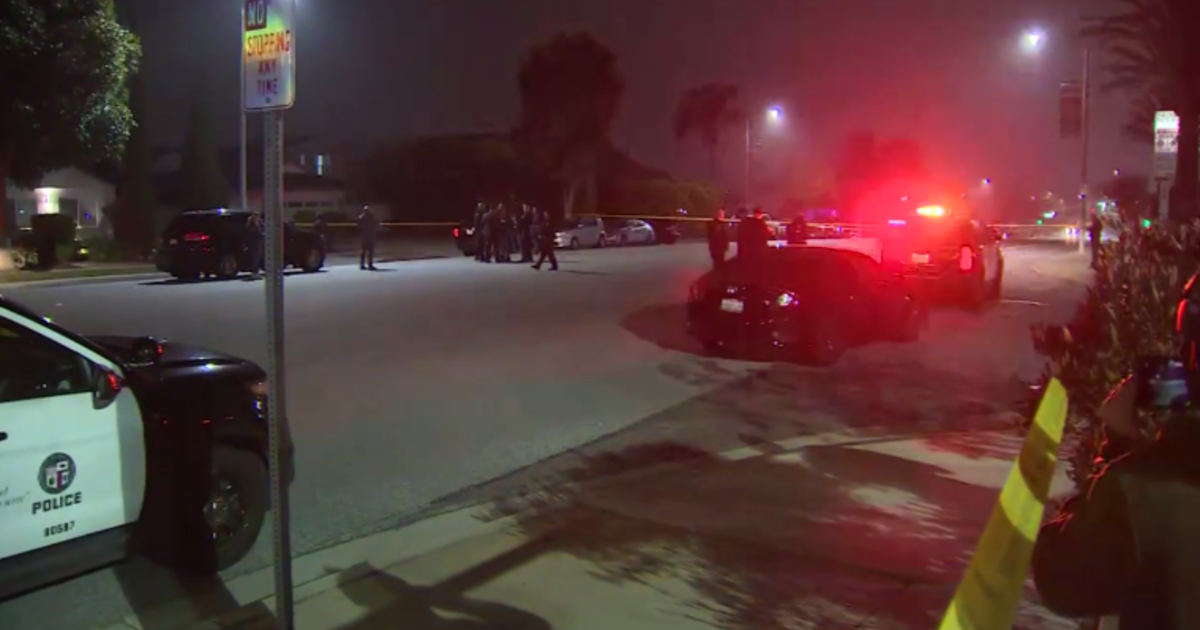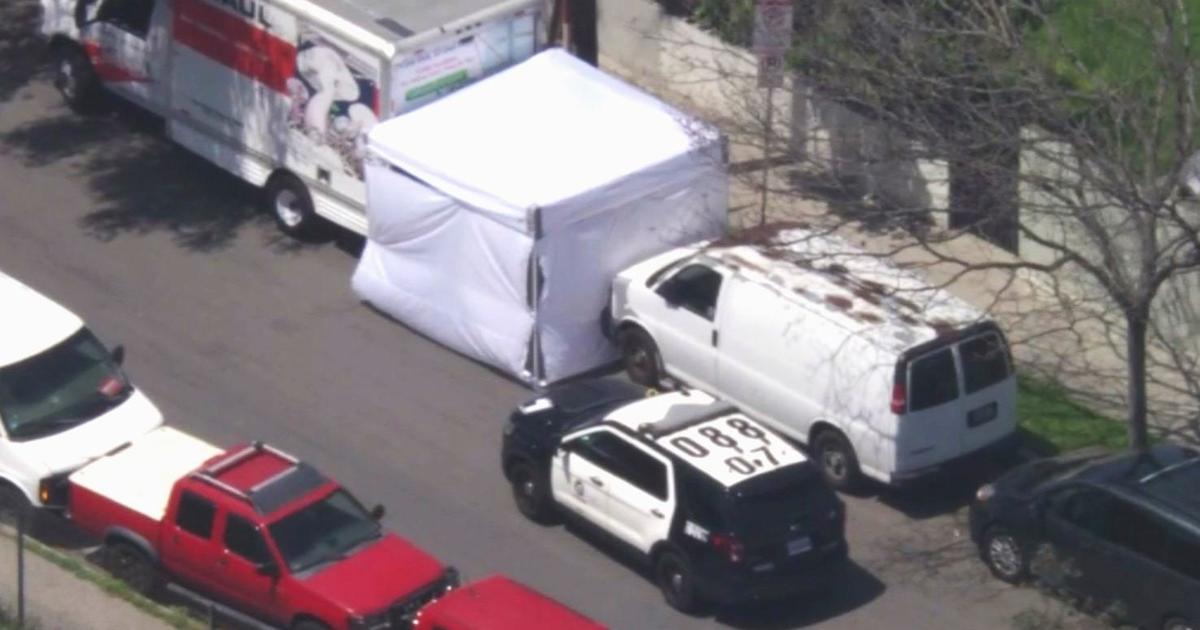SpaceX Identifies Possible Cause Of Launch Failure, Not Worried About 2017 Commercial Missions
Matt Kamlet, CBS Los Angeles
LOS ANGELES (CBSLA.com) — Southern California-based SpaceX on Monday released a preliminary summary addressing the loss of its Falcon 9 launch vehicle and failure of the CRS-7 mission that occurred in June.
After liftoff of the Falcon 9 from Cape Canaveral in Florida on June 28, systems appeared to be normal through the launch's first stage, but 139 seconds into flight, the vehicle experienced overpressure in the upper-stage oxygen tank and suffered catastrophic failure. Its payload, which consisted of the international docking adapter and other payloads, was lost.
On Monday, after weeks of investigation that involved the FAA, NASA and the U.S. Air Force, SpaceX announced that it had identified a potential cause of the failure.
According to preliminary analysis, a faulty strut inside the vehicle's second stage may have led to the overpressure event that resulted in the loss of the Falcon 9.
"Several hundred struts fly on every Falcon 9 vehicle, with a cumulative flight history of several thousand," SpaceX said Monday on its website. "The strut that we believe failed was designed and material certified to handle 10,000 pounds of force but failed at 2,000 pounds, a five-fold difference."
Initial findings suggest one of these small pieces of support hardware inside the Falcon 9's second stage appeared to have failed at the 138-second mark, directly preceding the rocket's deterioration.
This may have caused the helium system to to be compromised. Under this high-pressure event, the vehicle's second stage was no longer able to hold together structurally.
SpaceX announced that while these struts had been used on previous Falcon 9 launches, the company will no longer use them for flights. Furthermore, the company will include additional audits for hardware that requires certification.
A crew of U.S. astronauts was announced July 9 to fly in private crew transportation to the International Space Station on commercial vehicles built by SpaceX and Boeing. The SpaceX Dragon capsule, which was carrying CRS-7's payload, along with Boeing's CST-100 space taxi, are set to begin commercially carrying crews to the space station by mid-2017.
While SpaceX's investigation into the loss of CRS-7 will continue, the company states that the "process invariably will, in the end, yield a safer and more reliable launch vehicle" by the time the U.S. starts independently launching astronauts into space again.
"Critically, the vehicle will be even safer as we begin to carry U.S. astronauts to the International Space Station in 2017."




